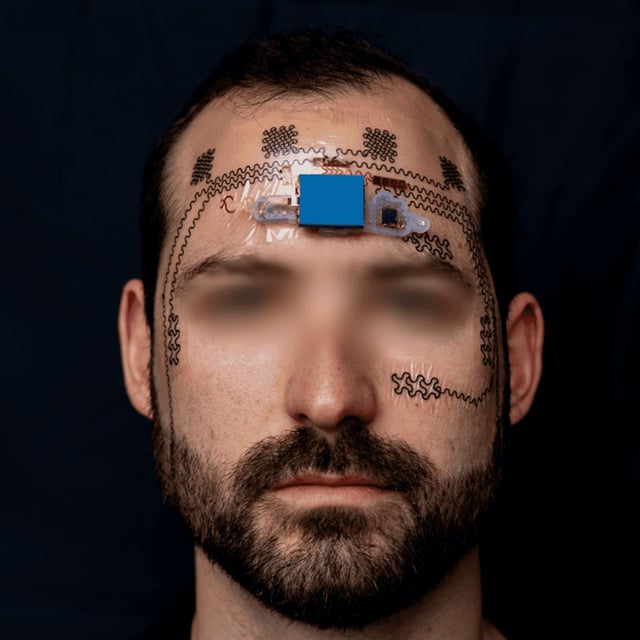Overview
- The wireless, temporary forehead tattoo employs ultrathin EEG and EOG sensors to measure brain activity and eye movements in real time
- In trials with six volunteers performing escalating memory tasks, rising theta and delta waves indicated increased mental effort while falling alpha and beta waves signaled fatigue
- A machine learning model trained on the tattoo’s data successfully anticipated mental strain, opening possibilities for real-time cognitive load alerts
- The full setup costs about $200 with each disposable sensor priced at $20, offering a compact and affordable alternative to traditional EEG caps
- Researchers are working to extend the technology’s application to hair-covered regions and refine it for home use to help monitor cognitive fatigue beyond high-stakes professions
